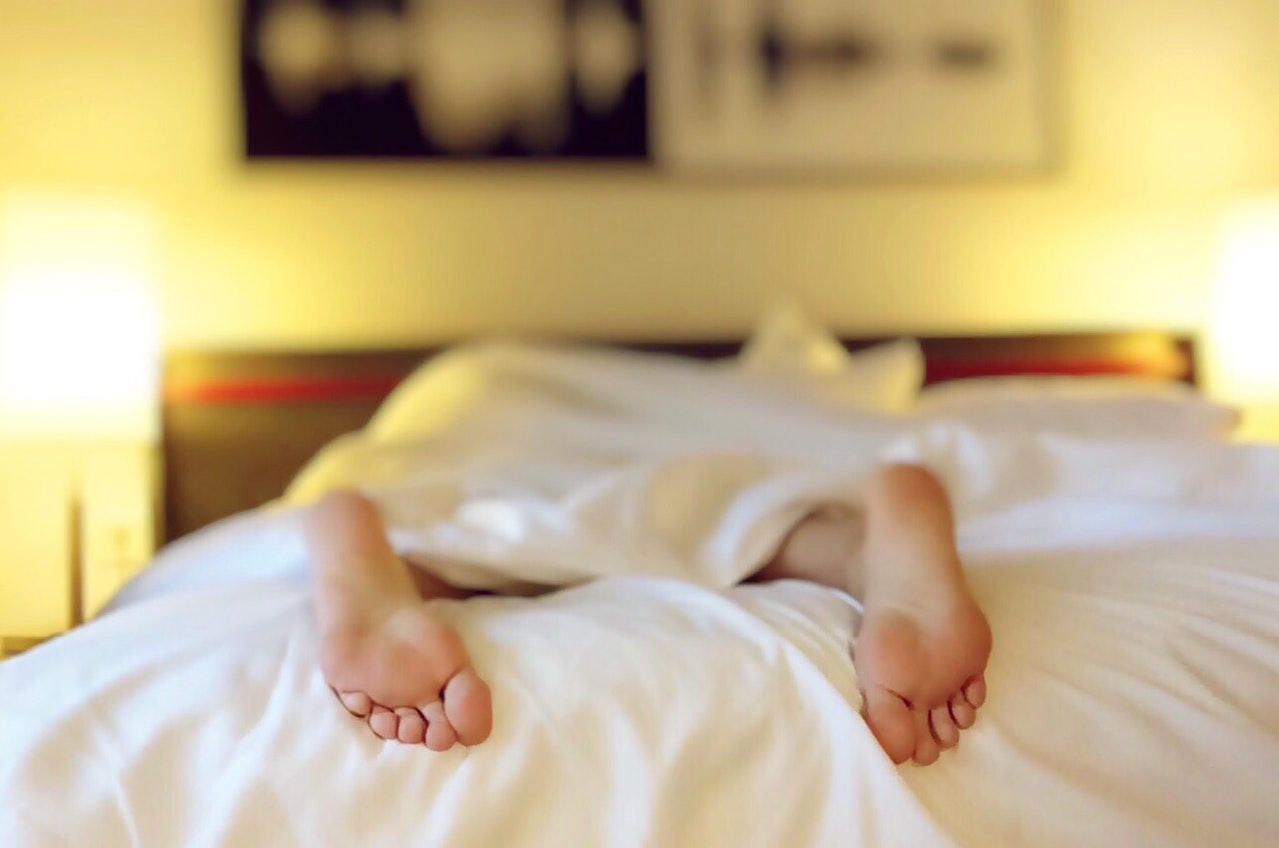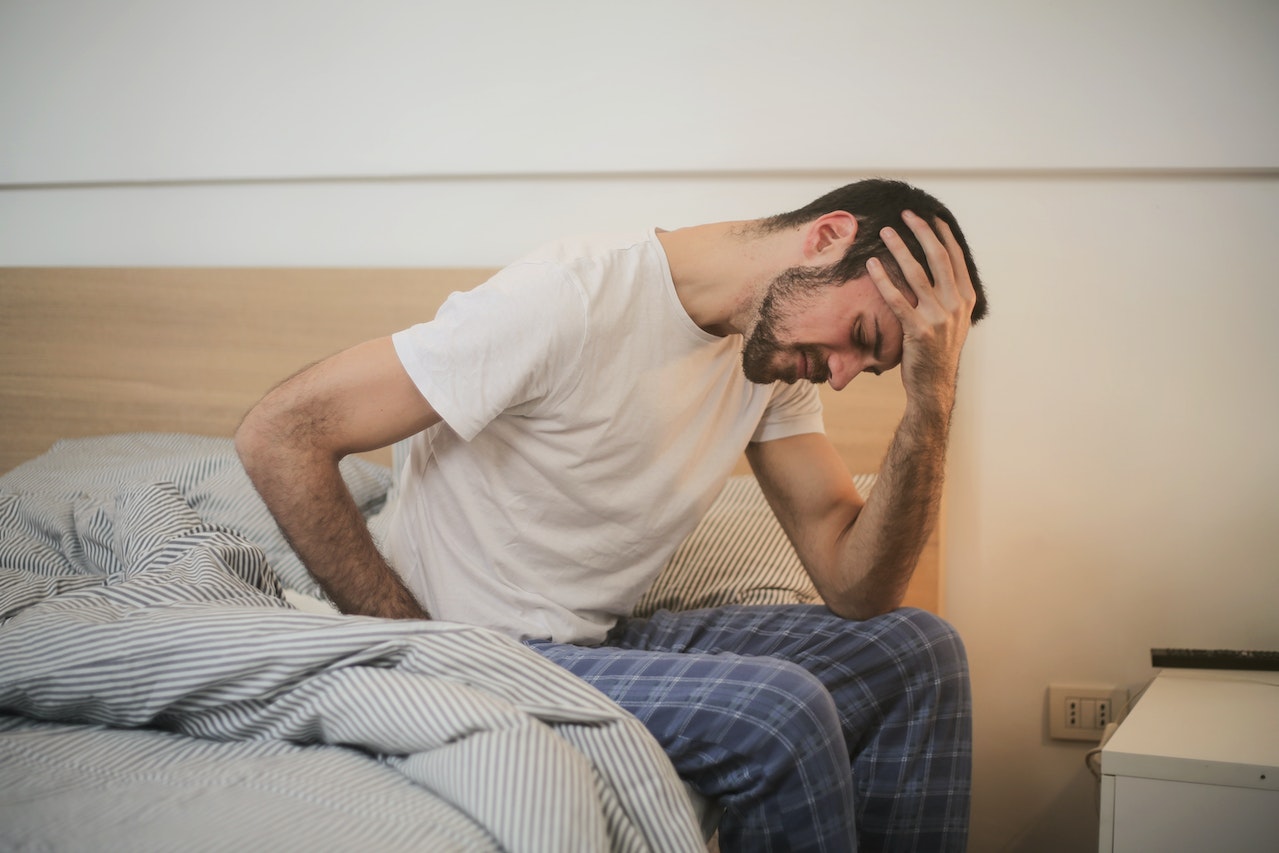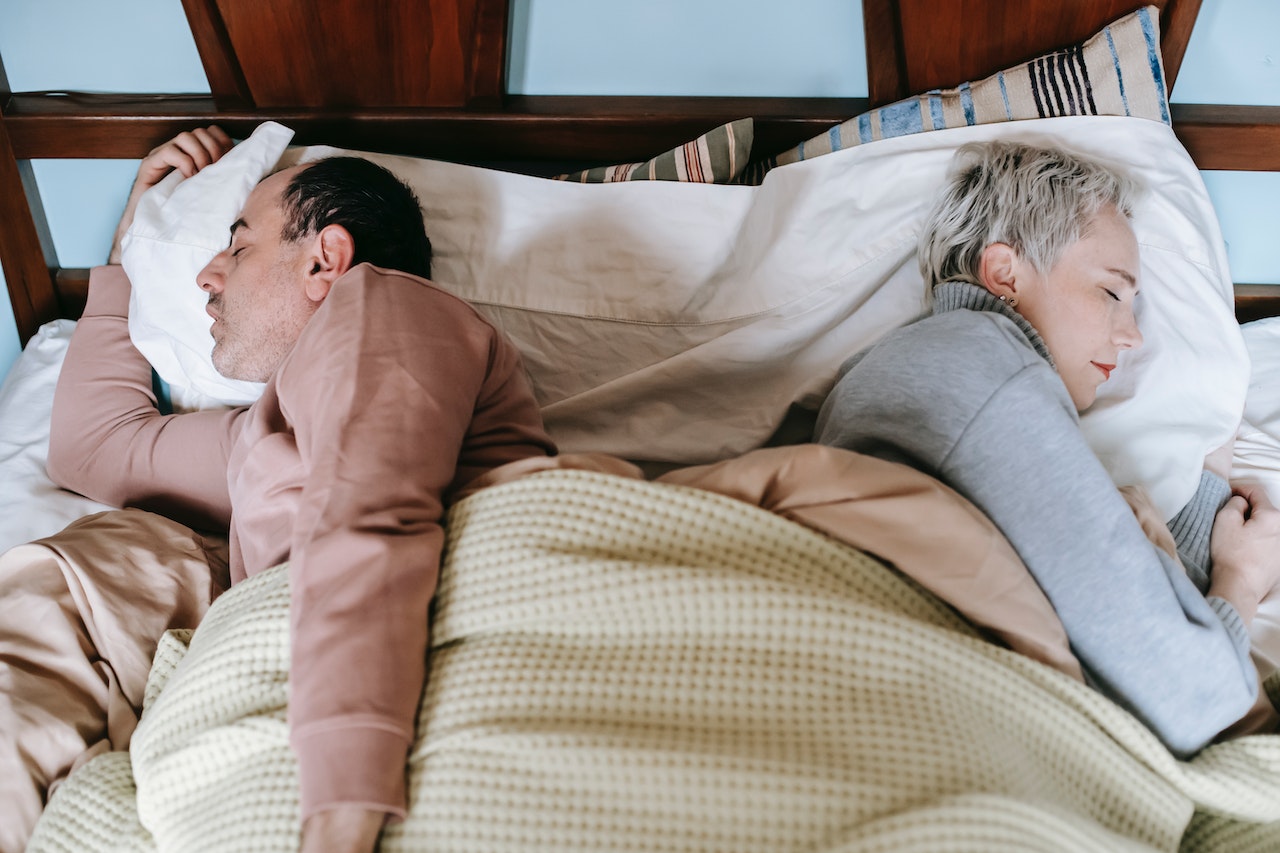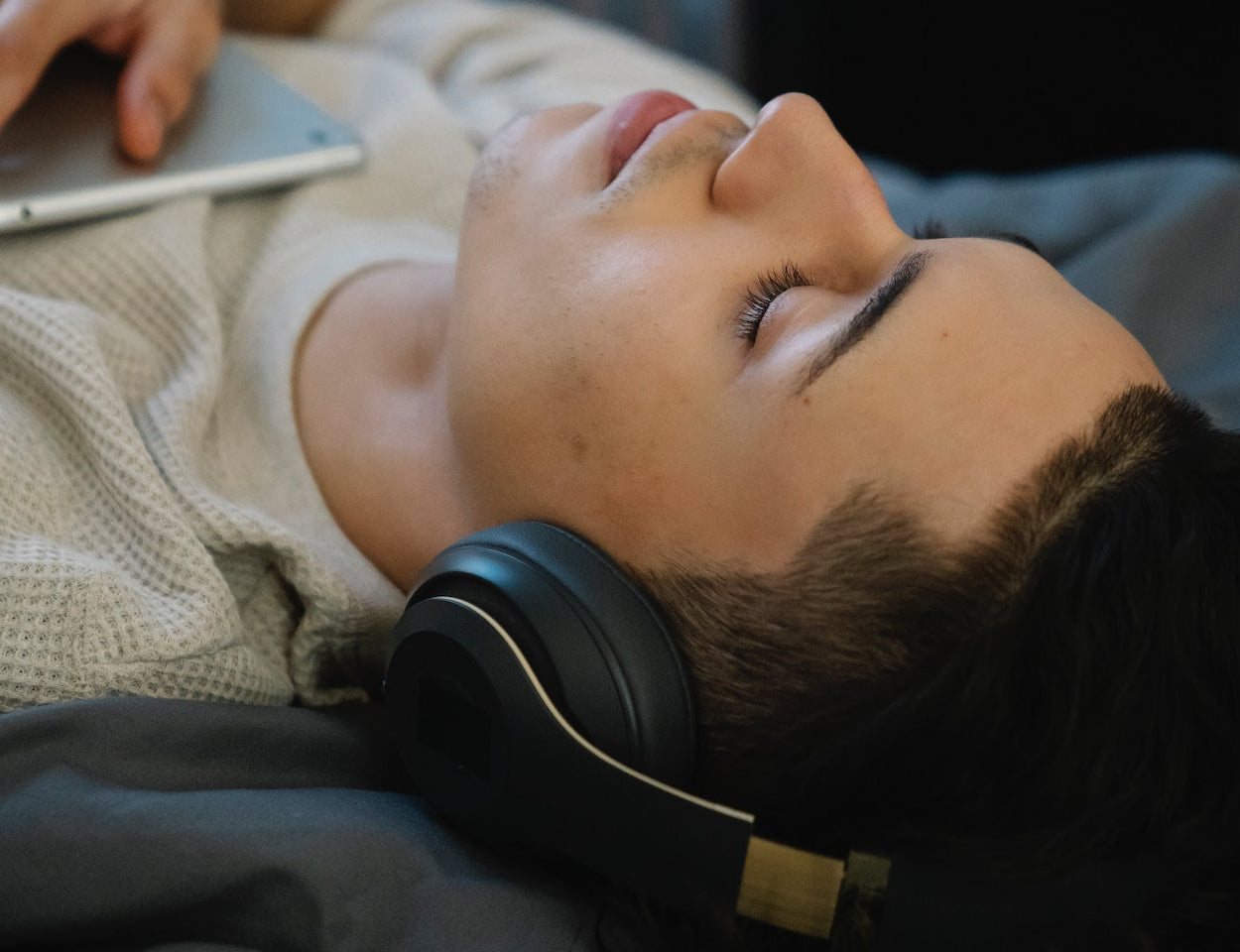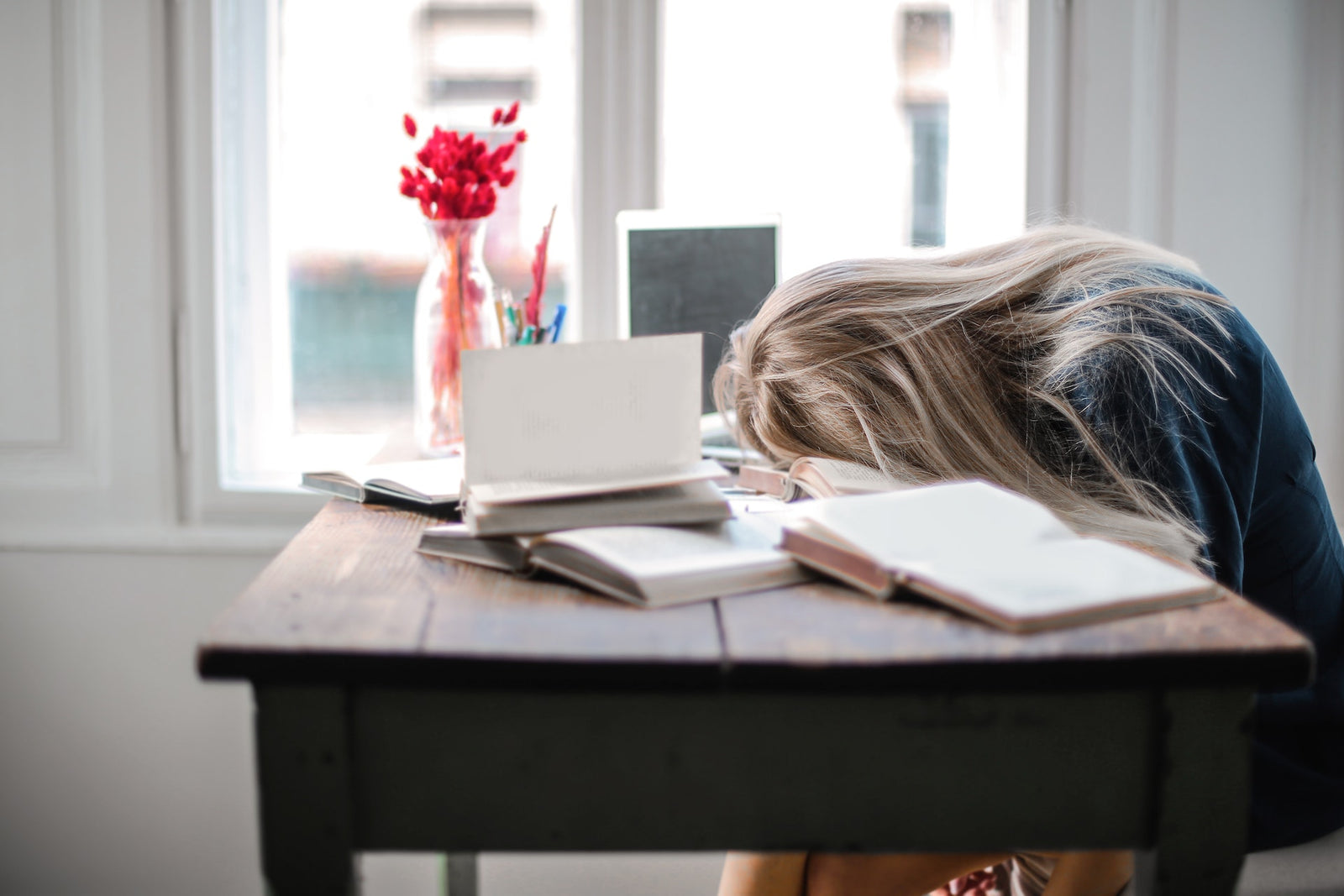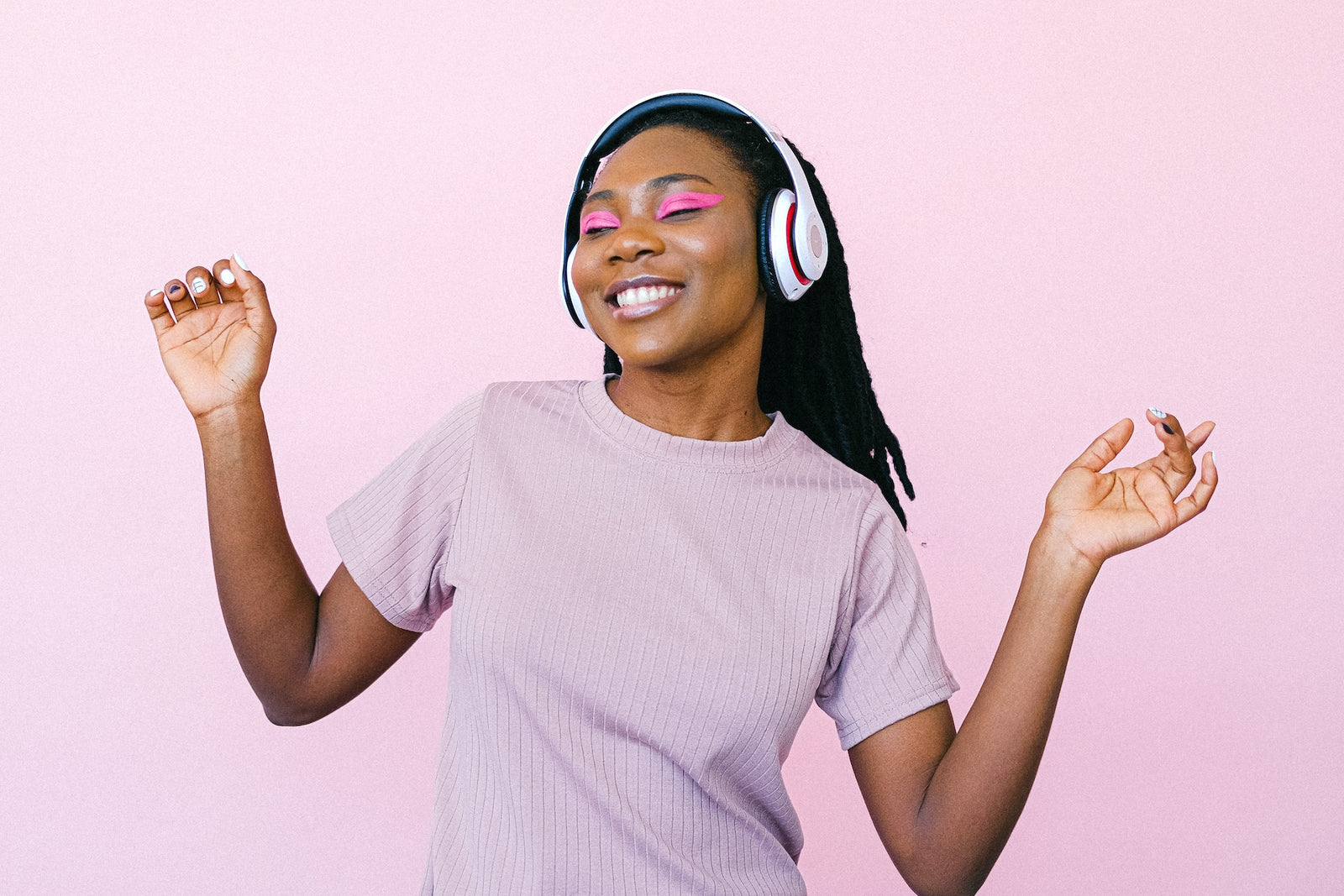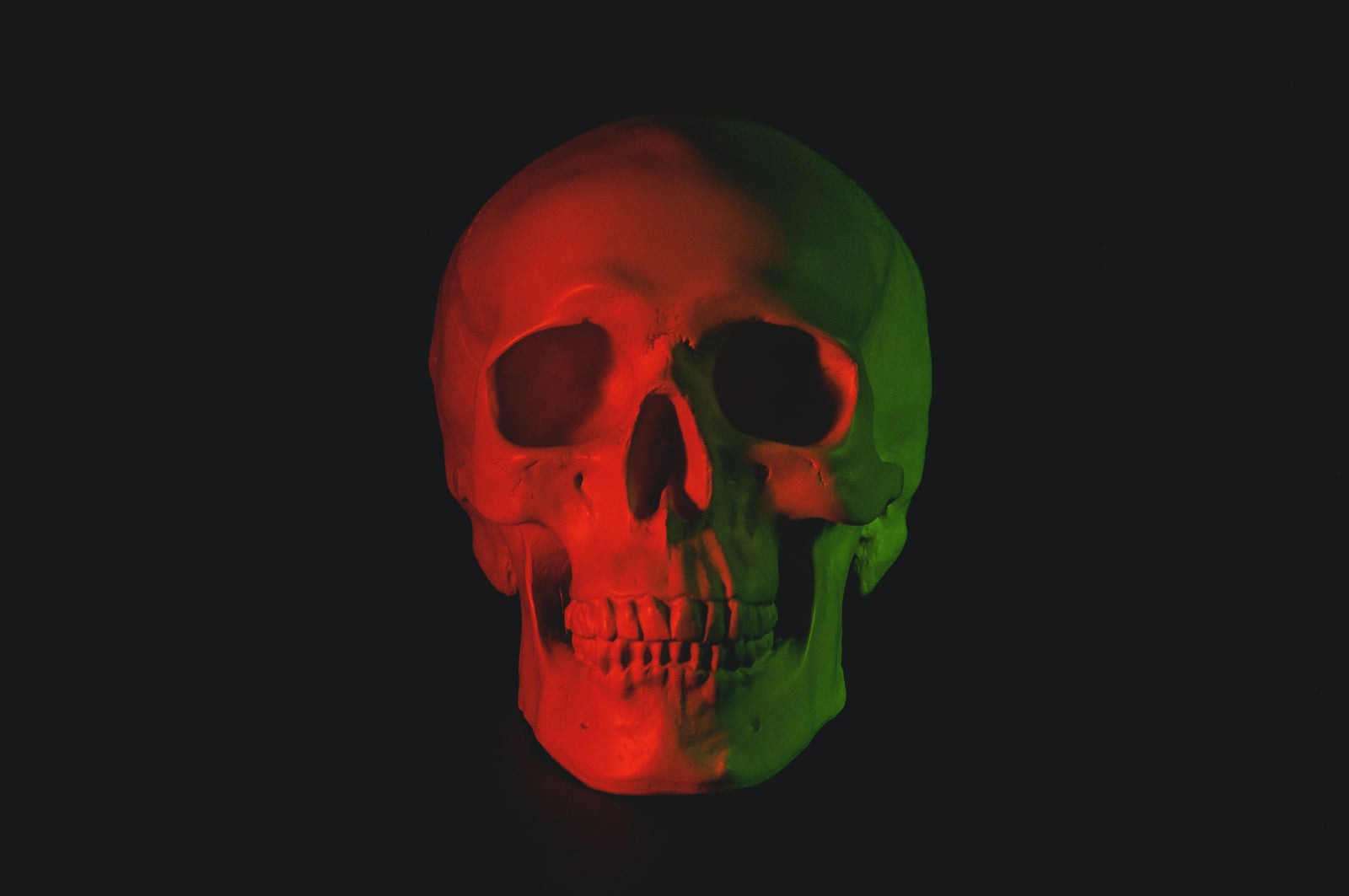Believe it or not, snoring isn’t normal. It’s usually a sign of sleep-disordered breathing that may lead to sleep apnea, which increases the risk of many harmful health conditions. Moreover, it interrupts our sleep (and the sleep of anyone we may share a bed or room with). So why has snoring become so popular? It’s the same root cause as the reason dental problems have become so commonplace: our jaws are shrinking. Over time, our skulls and airway have decreased in size due to our soft, processed modern diet. As a result, narrow palates, underdeveloped airway muscles, and improper tongue posture have become a modern epidemic. Without enough space for our tongues to rest, our mouths have fallen open more often than not, leading to mouth breathing. Mouth breathing causes over-breathing and leaves our air unfiltered, full of harmful pathogens and bacteria that wreak havoc on the immune system. Nasal breathing, on the other hand, leads to efficient breathing and nitric oxide production for better oxygenation. But as chronic mouth breathers, does mouth breathing treatment exist to help us make the switch?



